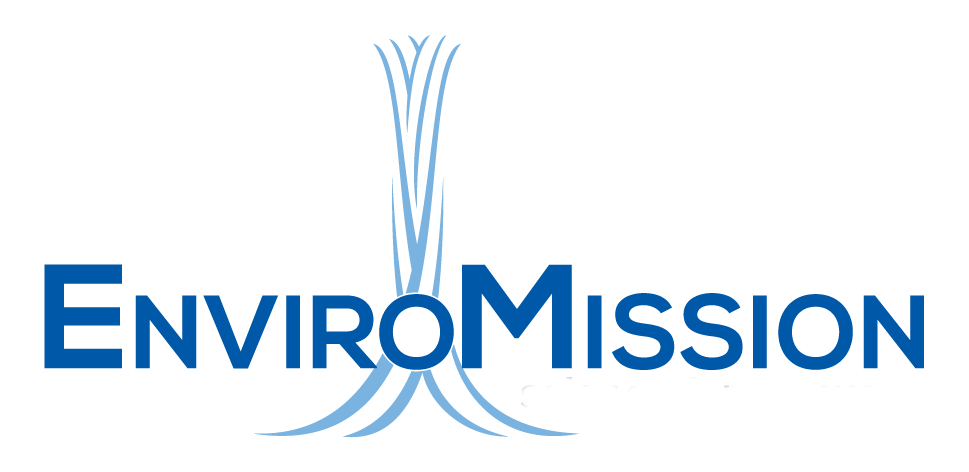
Quick Links
Contact Us
Level 4, 91 William St
Melbourne, Victoria 3000
Australia
P: +61 3 9693 5666
F: +61 3 9699 7566
Email Alerts
Subscribe to our Email Alerts

Level 4, 91 William St
Melbourne, Victoria 3000
Australia
P: +61 3 9693 5666
F: +61 3 9699 7566
Subscribe to our Email Alerts